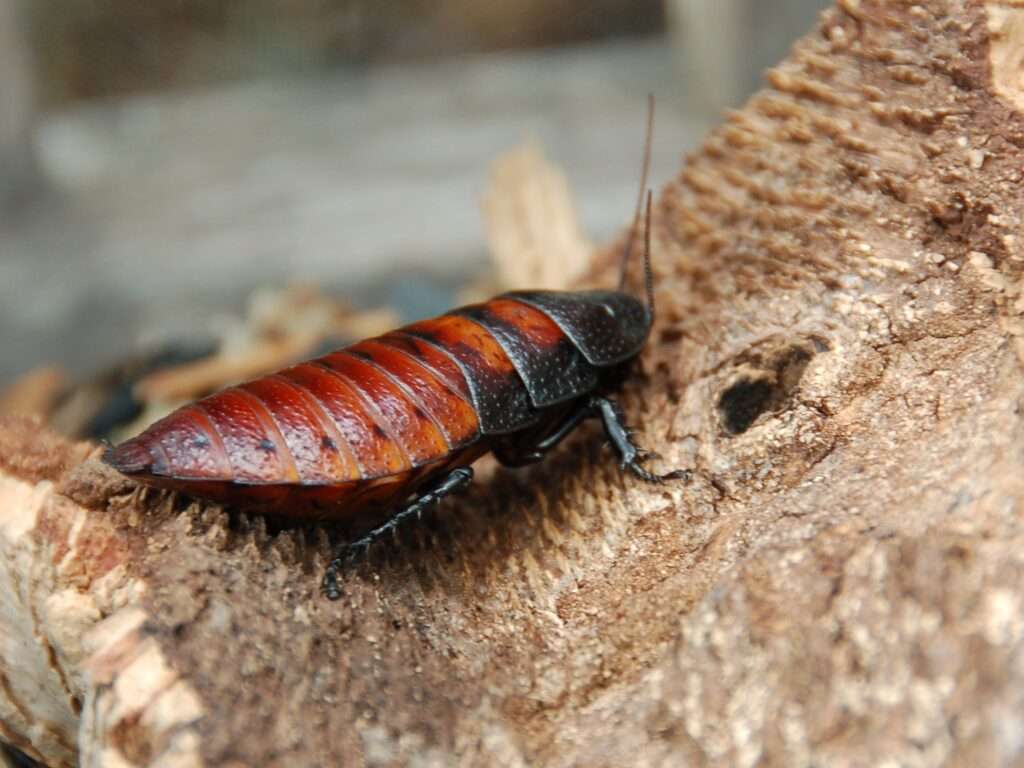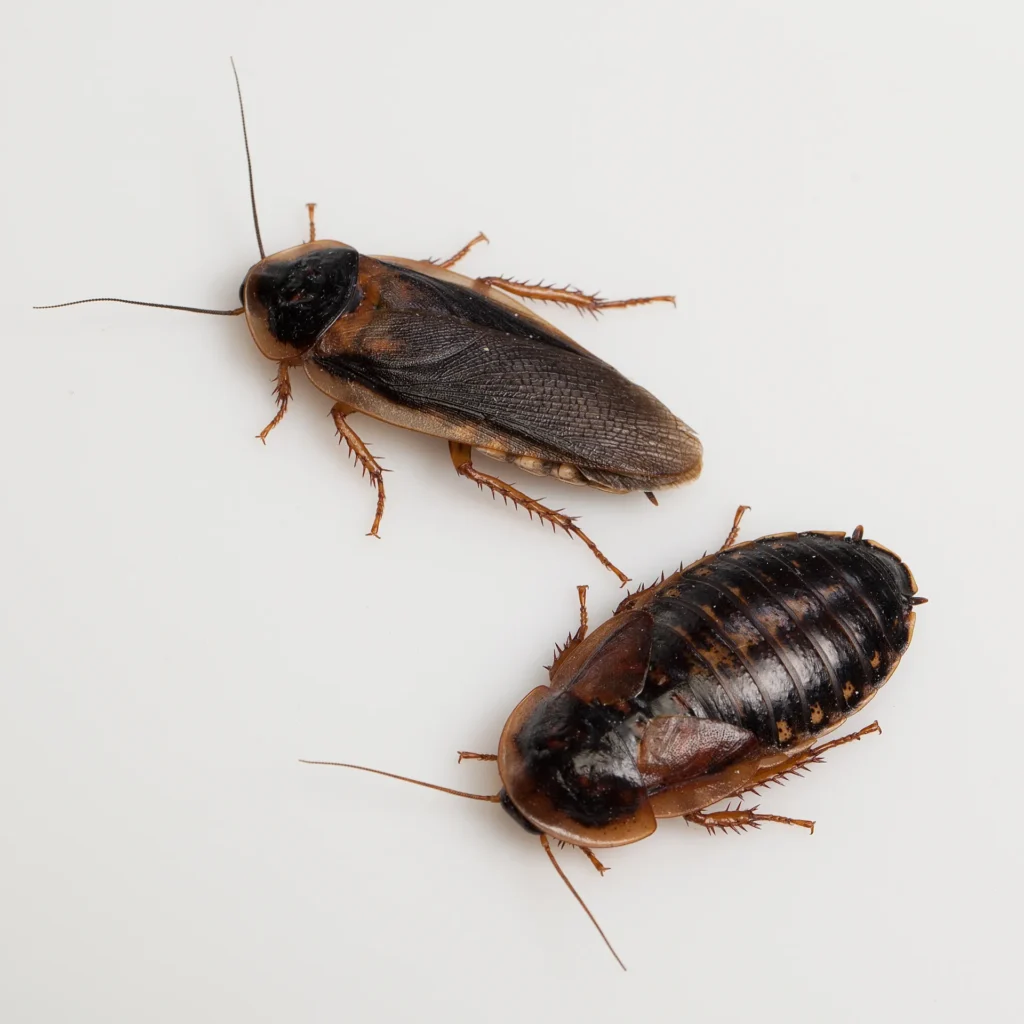
A huge species of winged cockroach, the smoky brown cockroach (Periplaneta fuliginosa) can reach lengths of 32 to 35 millimeters (1.3–1.4 in).
Characteristics
- The smoky brown cockroach (Periplaneta mahogany) and the American cockroach (Periplaneta americana) are closely related, although they are easily distinguished from one another by their uniformly light to dark brown coloration.
- The thorax of the smoky brown cockroach is dark and lustrous.

Diet
The detritivorous smoky brown cockroach may consume a broad variety of organic material, including decomposing debris. It is a scavenger, like the majority of cockroaches, and consumes a wide variety of meals, such as pet food, dry earthworms, paper, a variety of ripe fruits, pet waste like faeces and urine.
Range
The smoky brown cockroach is also highly widespread in Japan, tropical regions and the southern United States.
The smoky brown cockroach does not tolerate cold weather and prefers warmer environments. However, by moving indoors, it could be able to endure colder environments. It frequently resides around the edges of buildings, particularly in spots where these insects can feed and congregate.
Mating Habits
Sensory receptors on the antennae of Male P. fuliginosa receive the chemical signals and encourage the mating activity through the emission of volatile sex pheromones. Sex excitatory elements of the pheromone chemical makeup, makes up these pheromones. Additionally, males frequently engage in perching, which involves their body conformation including a downward-pointing head, stretched forelegs, and antennae oriented 45 degrees from their vertical orientation. Due to the high expense of producing female pheromones, these male cockroaches devote substantially more time and effort to mating behaviors than females. Additionally, they spend 20% of their time perching, compared to only 8% of the time that females spend calling to their mates.
Environmental Effect
Pest status
These roaches are regarded as pests in many regions around the world, including the Japan and Southern United States, due to their exceptional ability to enter urban homes, eateries, hospitals, and many other busy places. They are known as hygienic pests because of their quick entry into homes, and they have adapted to the fact that toxic bait traps are unsuccessful in eradicating these species.
Reason behind not keeping it as a pet
It has been discovered that smoky brown cockroaches, also known as palmetto bugs, are carriers of the germs that cause typhoid, cholera, leprosy, dysentery, and tuberculosis. Additionally, they disperse dangerous bacteria that can cause gastroenteritis and diarrhea.
Table





